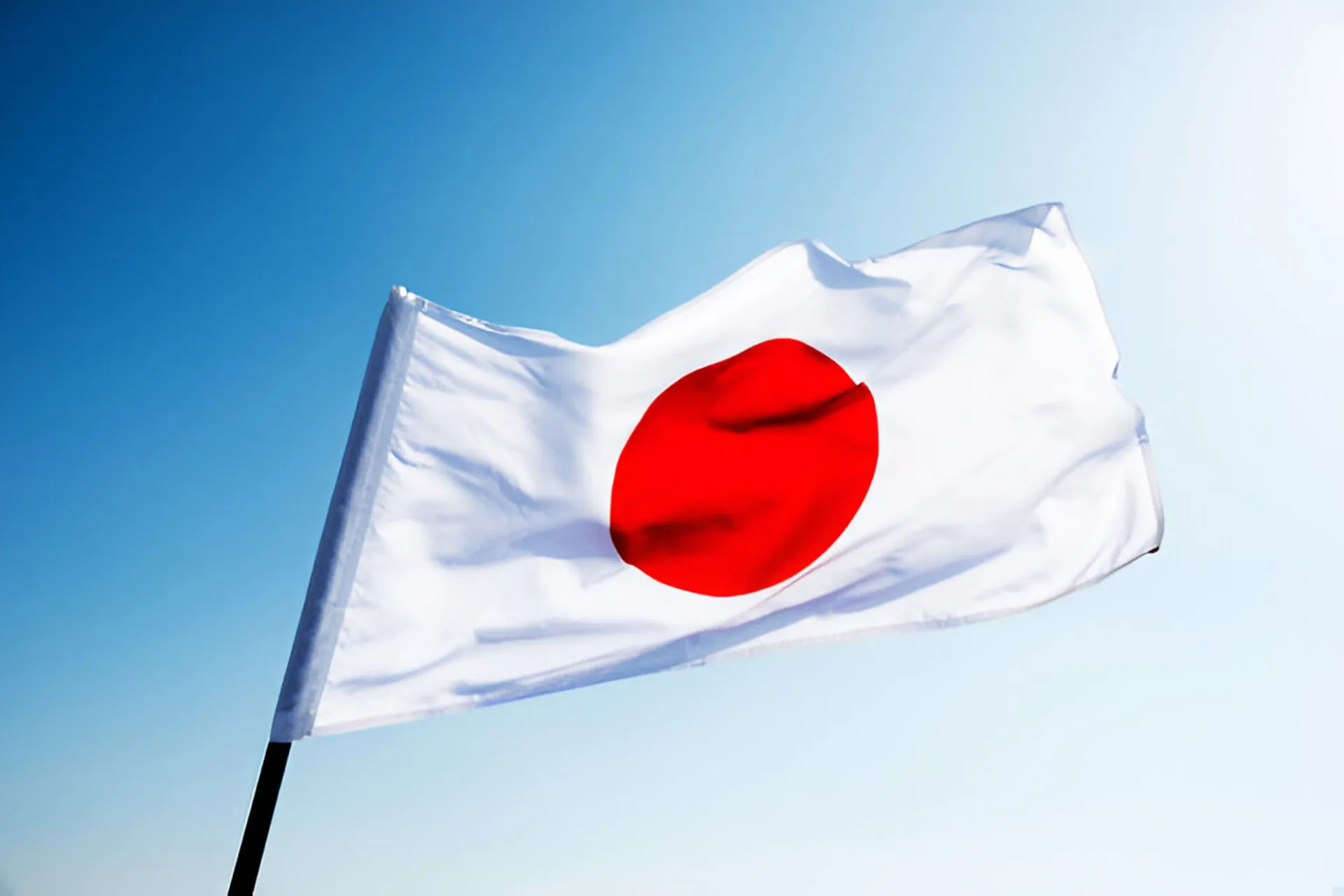It happens. Your stability chamber malfunctions or quits altogether and your product’s target exposure range has a significant deviation: too hot, too cold, too wet; too dry, OR, a fallible human placed the samples in the wrong place with too little oversight for too long a time, OR, something worse (tornado, earthquake, fire, building leak, pandemic …)
What Should You Do? (A Preliminary List)
- If there’s something strange in your chamberhood / If there’s something weird and it don’t look good, Who you gonna call?
Start with Stability Group responders, Stability Stakeholders, Chamber Manufacturer, QA, Labs, etc.
- React to stabilize the equipment and product exposure (turn off equipment, move samples, get help)
- Document the event and all details of response. Notify Quality and Regulatory. File a deviation report.
- If necessary, launch equipment/system/procedure remediation (In-house, Contract, Supplier)
- Evaluate the impact to product (stability budget, post-event analysis, viability of samples, subsequent shelf life)
- Replace study or continue current study with appropriate notations
- Analyze Lessons Learned, Consider New Procedures, Implement Preventive Measures
A simple and not-so-serious stability study excursion may not involve all of the steps below, but all should be considered as the level of excursion escalates.
- Prepare your own plan or protocol for Stability Study Excursions as we proceed.
- At the event starting buzzer; e-mail, text, phone call pre-selected first responders
- Activate the established Emergency Plan. Notify all identified parties and responder(s). Take action to halt the
excursion and/or remove the samples from the source of the harm. - If possible, relocate samples to a pre-selected, stable, controlled environment out of harm’s way until a course
of action is chosen. - Collect and analyze the records that captured the event
- Did a chamber fail?
- Did the infrastructure fail?
- Did a human fail?
- Did Mother Nature fail?
- How far and how long did an excursion go in any of these categories?
- Temperature
- Humidity
- Light
- Other insult to integrity (flooding, drop, mislabel, etc.)
- Was it a non-excursion event that may have compromised the integrity of the study or cast doubt on the integrity?
Who should be notified/involved in next steps?
- Does FDA/Regulatory Authorities require notification?
- A manufacturer must report a stability failure to the FDA within three working days if it involves a distributed drug product and is a “significant chemical, physical, or other change or deterioration” or a failure to meet specifications. This is done via a Field Alert Report (FAR), as required by 21 CFR 314.81(b)(1) for approved drug applications (NDAs and ANDAs).
- For a chamber malfunction, engineering/facilities/HVAC personnel are summoned to evaluate.
- Repairs, Maintenance, Parts/Systems replacement, are initiated as appropriate. Should the manufacturer be contacted?
- For an infrastructure-induced situation, facilities have the primary responsibility to stop the cause, clean the area and restore systems.
- For a human error, identify the impacted samples and quarantine them in a stable environment. Completely define the scope of the error and identify probable causes.
Assign level of risk
- Has sample inventory fallen below critical mass?
- Will vital equipment be off-line for a significant period?
- What will inspectors / reviewers request, comment on or impose?
In all cases, QA, QC, and the Quality System is the framework for recovery.
As soon as the preliminaries are underway, send a report to management, the Quality Unit and all pertinent stability stakeholders.
File any necessary Deviation reports.
As necessary, update SOPs, launch a CAPA, file Change Control documents, add notations to stability sections of current and future filings.
This may be a good time to implement safeguards such as color-coded condition labels, Real Time inventory practices, employing Artificial Intelligence/RFID to detect and raise an alarm when sample counts and locations don’t match protocols and scheduling, etc.
Develop a comprehensive recovery plan addressing all aspects of the specific excursion.
Post-event role of Stability Stakeholders
- Quality Unit reviews the circumstances and is involved in the Recovery Plan.
- Equipment providers are consulted for their analysis where practical, and recommendations sought for repair, preventive maintenance or replacement.
- Maintenance Department reviews the incident as well as maintenance records and the preventive maintenance program. Maintenance may initiate communication with the equipment provider.
- Facilities- Reviews and remediates any contributory factors within the purview of the Facilities Department.
- Calibration and Requalification Groups are notified to be in readiness to bring equipment back into service. Send them a copy of the incident report and proposed recovery plan.
- Analytical & Microbiology Groups scheduled to conduct ad-hoc testing of impacted samples as well as arranging monitoring of future data for long term impact of the excursion.
- Statistics Support professionals consulted for the trending and analysis of data associated with the excursion and related data going forward, perhaps in comparison with related batches.
- Manufacturing Department notified for the possibility of needing replacement batches or surplus reserve samples, and if pertinent, to review their involvement in the generation of the excursion.
- Training Group may need to review procedures and revise training materials and initiatives.
- Stability Review Committee should review, approve and monitor excursions, investigations, conclusions and remediation efforts in conjunction with QA to bring an effective multi-discipline approach to addressing excursions
Based on the above activities; develop, implement, monitor, and confirm your stability study excursion remediation plan. Communicate with all Stakeholders to be sure they understand their contributions and responsibilities. When all excursion activities have been wrapped up or are in continuous operation, conclusively close the episode with documentation from the Quality Unit and approval by management. Annotate official records and reports to show that appropriate actions were taken to resolve the Stability Study excursion and its impact was fully evaluated and reported.
Summary
Stability study excursions can result from failure of Equipment, Facilities, Systems, Human Factors or Forces of Nature.. Don’t let any study excursion, whether big or small, go un- or under-addressed. Applying the principles and best practices of GMPs will give the best outcomes in resolving stability study excursions and preventing their recurrence.
Share This Article with the Stability Community!
November 28, 2025
Hollister Incorporated, a global, employee-owned healthcare manufacturer, began a critical modernization initiative to overhaul its stability program. For years, Hollister had relied on traditional, [...]
October 4, 2025
One of the most intelligent moves I’ve seen a corporate Stability organization make was the establishment of a Stability Intelligence (SI) Specialist within its [...]
August 10, 2025
The Japanese Society of Hospital Pharmacists has publicized their recommendations / requirements for tablets and capsules stability data on their home page as of April [...]
Share your questions and experiences
A stabilitarian encounters new situations every day. StabilityHub’s discussion forums give Stabilitarians an opportunity to ask questions and offer solutions to specific scenarios. Join in the conversations with other Stabilitiarians and share your knowledge!
A stabilitarian encounters new situations every day. StabilityHub’s discussion forums give Stabilitarians an opportunity to ask questions and offer solutions to specific scenarios. Join in the conversations with other Stabilitiarians and share your knowledge!





